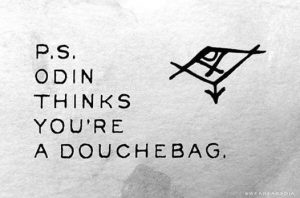An Opening of Omens
If you’ve ever watched Chilling Adventures of Sabrina, you may remember an episode that begins with a few seemingly inconsequential happenings. These are subtle things that range from the way a loaf of bread splits while being baked in the oven, to a broken mirror in an empty room.
Omens can be tricky things, especially when they’re subtle. How to know whether that flock of birds fighting in the parking lot is an omen or just some avian drama? Or what about the vultures that scream at each other so loudly you can’t help but look outside? (Double points if they fall silent as soon as you “get the message”.) Are those crows really sent by the Morrigan or those ravens of Odin? And what’s with that sudden, unseasonal influx of black insects in the home?
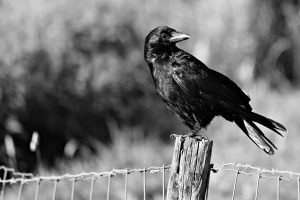
These things tend to be subtle—until they’re not.
“Human Omens”
So far, the omens I’ve described are quite traditional. People have been reading the movements of birds and insects (among other things) for a long time. But one thing we don’t seem to read as much when it comes to omens, is the behavior of other humans.
We humans often make plans and telegraph what we’re about to do next. That’s not the kind of thing I’m talking about here though—as always, we deal with subtleties. The kinds of human behaviors that interest me are those that aren’t quite so consciously realized.
So, what do I mean by that?
Inspiration, Creativity, and Prophecy
When I get the sense that something is stirring on a subtle level, one of the first places I look for omens is our collective “fruits of inspiration.” So, in other words, I look to what our writers and artists are putting out, both in our communities, as well as in larger media productions. I’ve discussed this before on this blog and will talk about it in more depth in my upcoming class, but inspiration is a deeply strange and other thing. In its purest form, it originates from outside the human (as least in the traditions I practice). And out of the three different sources of “human omens” I will detail in this post, this is the one that can also serve as a heads-up that something is brewing long before anything even begins.
Take this passage from the commentary in Jung’s Red Book, for example:
“In the years directly preceding the outbreak of war, apocalyptic imagery was widespread in European arts and literature. For example, in 1912, Wassily Kandinsky wrote of a coming universal catastrophe. From 1912 to 1914, Ludwig Meidner painted a series of works known as the apocalyptic landscapes, with scenes of destroyed cities, corpses, and turmoil.” (Jung Carl and Shamdasani Sonu, Pp 18-19)

World War I, a conflict that would claim around 40 million lives, broke out in July 1914. Yet artists and writers were examining those themes—sometimes with eerie accuracy— years before the first shots were even fired.
Dreams, Intuition, and Divination
The second source of “omens” I look to is my friends. Usually, by the time I get the sense that something is stirring, it’s not long before people start hitting me up if I don’t get in touch with them first. Whenever this happens, I ask about dreams and intuitive hits, as well as any divinatory themes they may be getting. When it comes to prophecy, the image of the seer prophesizing from a high seat is a powerful; it’s what we tend to imagine when we think of prophecy. But if you look back at some of the disasters that have plagued human history, there are often examples where multiple people have begun to dream about the same kind of horrific themes right before something awful happens.

My preference is to view these things in aggregate, with an eye to spotting patterns or themes. And when you get down to it, this is not so different from the process that comparativist scholars engage in when working to trace early Indo-European beliefs and practices through multiple descendant cultures. One a very basic level, you’re looking for frequency as well as cross-cultural examples—especially in cultures that aren’t known to have interacted with each other. Here, I’m looking for frequency as well as cross-tradition examples, and especially in groups of people who don’t know each other. Those are the patterns and themes that interest me the most—even if they run counter to my own experiences and impressions.
Strange Behavior
Finally, the third source I look to, is strange behavior (albeit with some caveats).
In Germania, the Roman writer, Tacitus, wrote about a form of omen-taking from observing the behavior of sacred horses. Unfortunately, I don’t have any horses, sacred or otherwise. But over the years, I have found the observation of my fellow humans to be similarly effective.
Again, we’re talking about subtleties here. But we humans are no less affected by subtle energies and the stirrings of the unseen layers of our world than our fellow inhabitants of Middle Earth. We are no less a part of nature and no less animals for all our plastic and technology. And I’ve found that many of us will subconsciously react to changes in energy as well as whatever-the-hell our gut instincts are telling us at the time. Unsurprisingly, our behavior will often show it too.
I’m reminded here, of my epileptic brother’s behavior in a famously haunted house that stopped as soon as he was removed from the premises. Before my mother wrestled him out the door though, his behavior had become animalistic; he’d taken to the floor on all fours, barking and growling at the tour guide and fellow (ghost) adventurers.
Now, people do strange things all the time. But when you’re finding a lot of unrelated people behaving similarly, it’s time to pay attention, especially if you cannot discern a common cause. And again, in my opinion, this kind of thing is best observed in aggregate and with an eye to spotting patterns. Speaking of patterns: my brother apparently wasn’t the only person to have behaved like that in that space.
In other words, if the tour guide were to be believed, there was a pattern of some people exhibiting animalistic behavior at that site.
That was an extreme example, and I clearly cannot prove that my brother behaved like that due to the unseen of that place. But I do hope you understand what I’m getting at here.
The One-Eyed God on the Road
This all brings me to some of the possible omens I’ve noticed recently. On the one hand, there have been multiple strange conversations with neighbors about an increase in shadow people that “don’t move like shadow people” in the street. (Think less “dart-y” and more “people-y”.) Friends have told me about incidents where they have an experience of “pareidolia” that sounds more like glamour, and that leaves them in doubt of what is actually “real”. Other friends have told me about seeing critters that aren’t there. And a bunch of people are telling me about the disturbing dreams and messages they’ve received of late. Some of these things I’ve also experienced for myself.
These, to me, all have something of an otherworldly feel to them. As does the recent killing of the white stag by armed police in Bootle, UK. (Side note: probably a bad move to kill beings associated with the otherworld when your country is looking at food and fuel shortages.)
But I’ve also noticed that a certain one-eyed god seems to be getting around a lot more nowadays too. More people (some of whom have never interacted with him before) are now telling me about their interactions with him and asking for advice. I’ve felt driven to write about him in great depth. An entire Heathen community performed a days-long ritual in his honor, erecting a 20ft god post. And for two Wednesdays in a row now, there’s been news that’s felt pointed in either its direct association with him (such as the announcement of this hoard of bracteates), or associated symbolism (such as the suspected electrical fire at this “Midgard’s” church on the island of Grímsey). Then today (as of the time of writing), this video of a Spiritualist who allegedly channeled Odin was shared in a group chat I’m on.
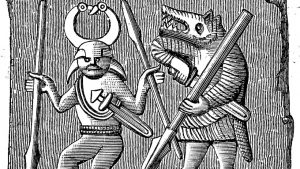
The bread has split, the ink has spilled, the mirror in the empty room is broken. But what could it mean?
Winter is Coming, Winter is Here, Winter is Coming Back for Another Go
I’ve followed the Old Man for over a decade and a half now. But even though I am very much “Team Odin”, I also know he has a tendency to become more prolific during “interesting” times.
Take the Migration Period, for example.
The Migration Period was not an easy time to live in. Peoples migrated and fought over resources. A volcanic eruption in 535-536 caused a dust veil thick enough to darken the sun enough that crops failed for at least two years in a row. And in those days of death and desperation, the warband religion of a certain one-eyed god of spears seems to have made its way north and into the elite centers of power.

Before that (in another time of death and desperation), his hands were probably guiding the spears of the Germans and Celtiberians led by a couple of one-eyed leaders who fought against Rome (Enright 217-240).
And before that, who knows?
Something tells me though, that it was probably another time of death and desperation. With this in mind, this new rise of the Spear God doesn’t exactly fill me with comfort in our time of plague, climate crisis, and burgeoning far right movements.
Death Will Make a Door
The final point I want to make today, is that times in which there is a lot of death, are times in which the dead and otherworldly tend to draw closer. If you’ve ever read about times of mass death in human history, you may have noticed that there are usually a lot of strange goings on reported during those times, as well as humans getting involved in strange cults and practices. If that kind of thing interests you, here are some folktales from the time of the bubonic plague. Pay attention to the kinds of beings sighted in conjunction with the plague, as well as the plants and days mentioned in the purported cures. Some of them are downright other.
They really shouldn’t have killed that stag.
Until the next time, good humans!
Be well.
Books Cited
Enright, Michael J. Lady with a Mead Cup: Ritual, Prophecy, and Lordship in the European Warband from La Tène to the Viking Age.
Jung, Carl and Shamdasani Sonu, The Red Book/Liber Novus: A Reader’s Edition

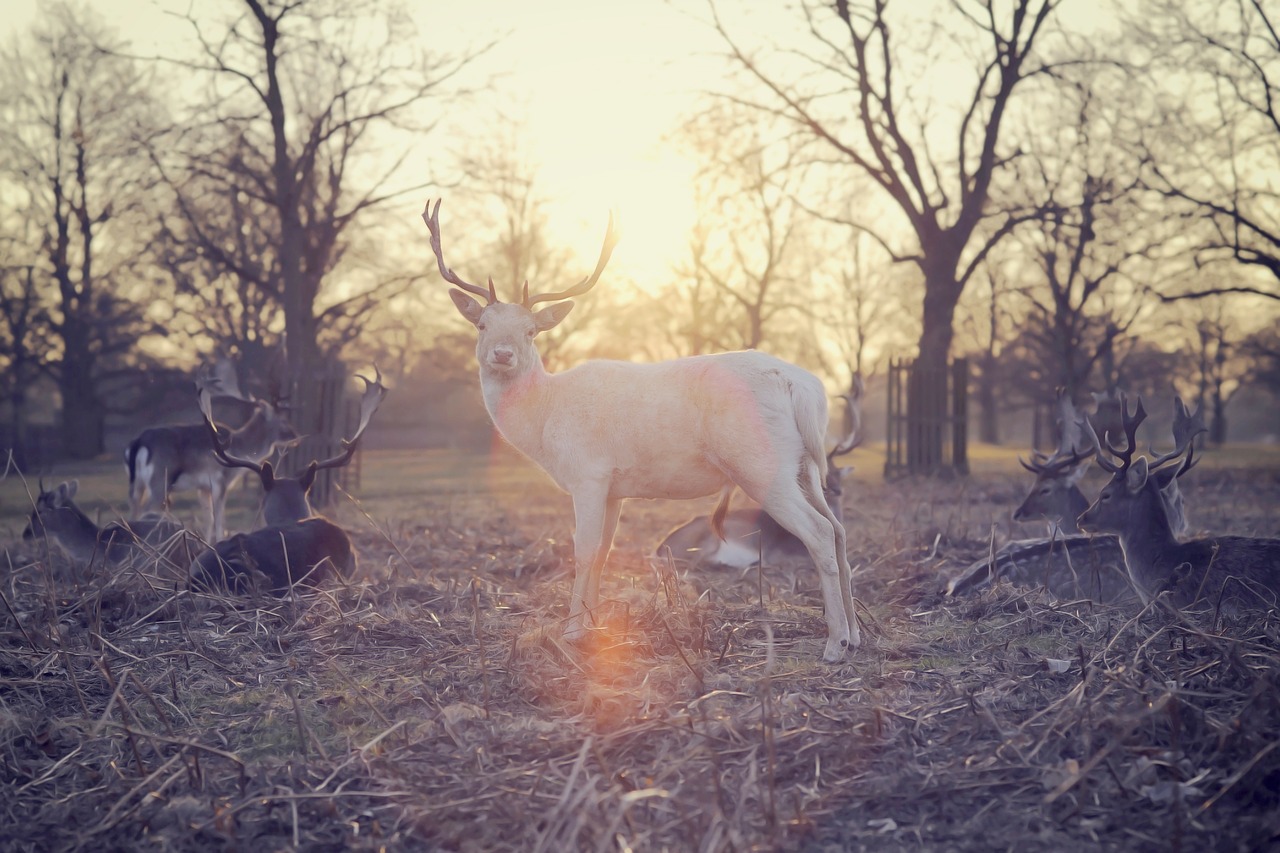
 something being unleashed into the world, and I knew then and there that what I had spoken into the world would come to pass; that my victim would fall from his ladder at work.
something being unleashed into the world, and I knew then and there that what I had spoken into the world would come to pass; that my victim would fall from his ladder at work.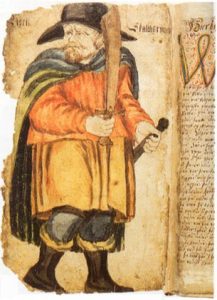
 is sufficiently complete for now.
is sufficiently complete for now.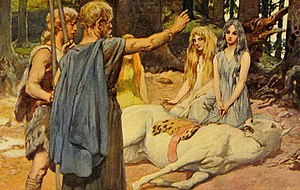 “Father of Galdr” (as he was named in Baldrs Draumar) is both explicit and well-established, and not just in the ON sources either (Simek 242). Woden is the only Heathen god to be mentioned in the OE magico-medical manuscripts; it is he who rests at the center of the so-called “Nine Herbs Charm” found in the Lacnunga. And it is Woden who is depicted chanting a spell over an injured horse’s leg in the Second Merseburg Charm (Waggoner, xv).
“Father of Galdr” (as he was named in Baldrs Draumar) is both explicit and well-established, and not just in the ON sources either (Simek 242). Woden is the only Heathen god to be mentioned in the OE magico-medical manuscripts; it is he who rests at the center of the so-called “Nine Herbs Charm” found in the Lacnunga. And it is Woden who is depicted chanting a spell over an injured horse’s leg in the Second Merseburg Charm (Waggoner, xv).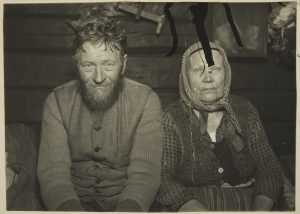
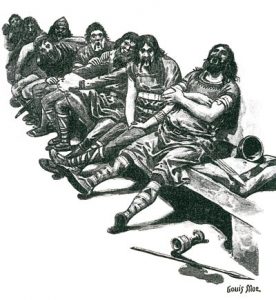 “These men asked Halfdan to attack Hardbeen and his champions man by man; and he not only promised to fight, but assured himself the victory with most confident words. When Hardbeen heard this, a demoniacal frenzy suddenly took him; he furiously bit and devoured the edges of his shield; he kept gulping down fiery coals; he snatched live embers in his mouth and let them pass down into his entrails; he rushed through the perils of crackling fires; and at last, when he had raved through every sort of madness, he turned his sword with raging hand against the hearts of six of his champions. It is doubtful whether this madness came from thirst for battle or natural ferocity.”
“These men asked Halfdan to attack Hardbeen and his champions man by man; and he not only promised to fight, but assured himself the victory with most confident words. When Hardbeen heard this, a demoniacal frenzy suddenly took him; he furiously bit and devoured the edges of his shield; he kept gulping down fiery coals; he snatched live embers in his mouth and let them pass down into his entrails; he rushed through the perils of crackling fires; and at last, when he had raved through every sort of madness, he turned his sword with raging hand against the hearts of six of his champions. It is doubtful whether this madness came from thirst for battle or natural ferocity.”
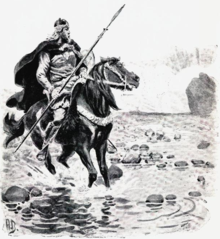
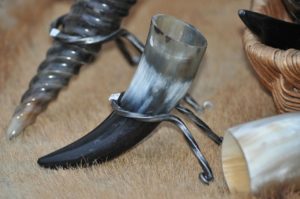
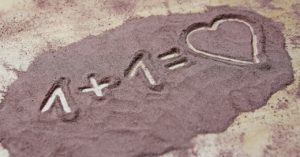
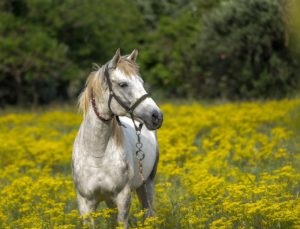

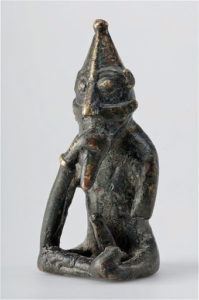 figure. Unsurprisingly, he’s been interpreted as a representation of Freyr. But for all of his blessings beneath the belt, this ‘God of the World’ is all of 7cm/2.75” tall. So, pocket-sized for your convenience. Just ask Ingimund from the Vatnsdæla saga about his missing Freyr amulet..
figure. Unsurprisingly, he’s been interpreted as a representation of Freyr. But for all of his blessings beneath the belt, this ‘God of the World’ is all of 7cm/2.75” tall. So, pocket-sized for your convenience. Just ask Ingimund from the Vatnsdæla saga about his missing Freyr amulet..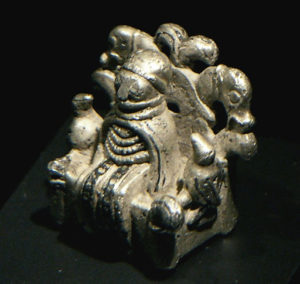
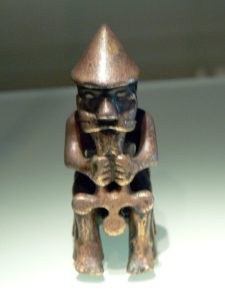 6.7cm/2.6” (with his hammer taking up a good deal of those centimeters/inches).
6.7cm/2.6” (with his hammer taking up a good deal of those centimeters/inches).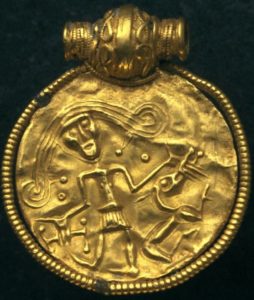
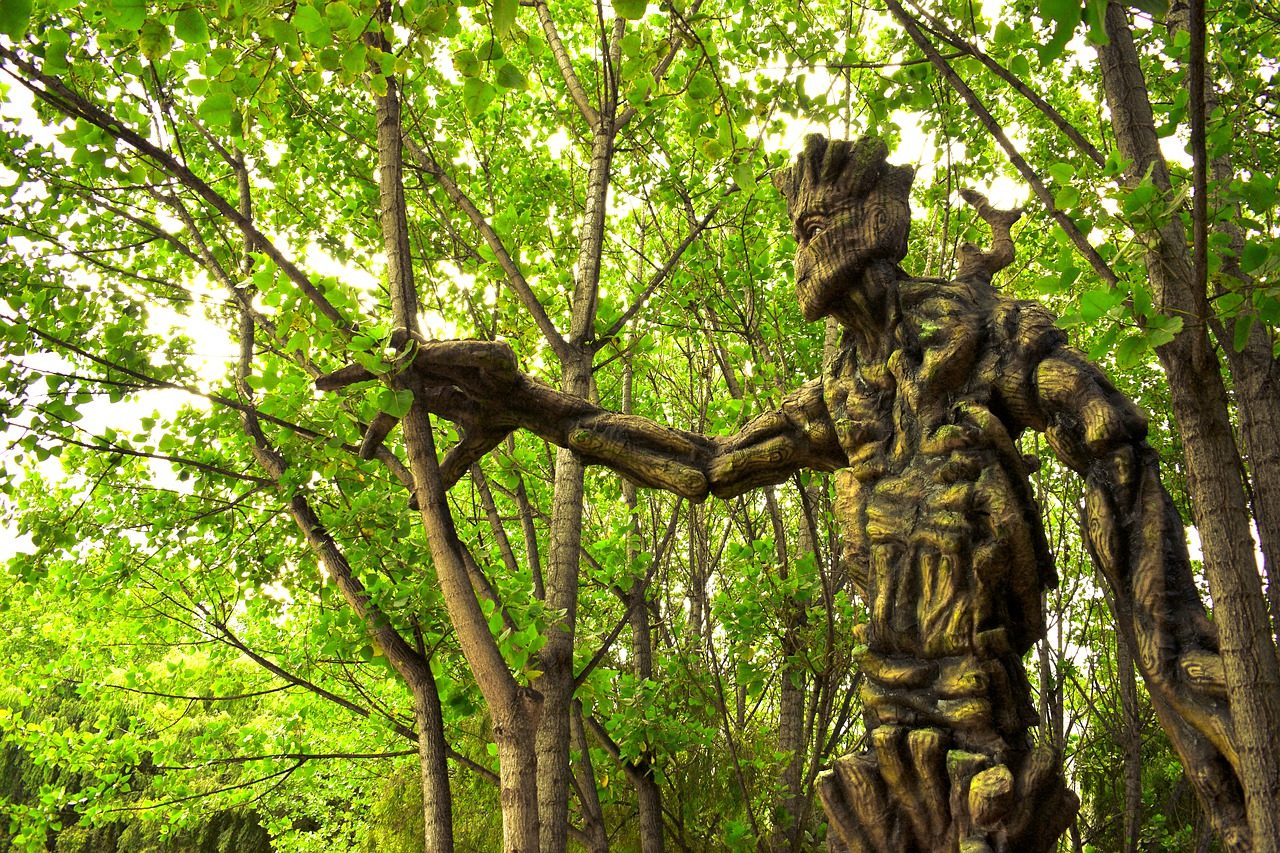
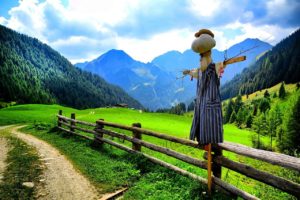 de France. In one of her lais, Bisclavret, a man-turned-werewolf is prevented from returning to his shape of birth by an unfaithful lover hiding his clothes. You see, when it comes to masking and its sibling, shapeshifting,
de France. In one of her lais, Bisclavret, a man-turned-werewolf is prevented from returning to his shape of birth by an unfaithful lover hiding his clothes. You see, when it comes to masking and its sibling, shapeshifting, 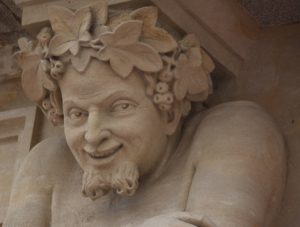 ”Woden worhte weos, wuldor alwalda,
”Woden worhte weos, wuldor alwalda,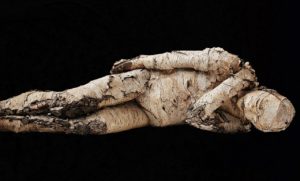 the island of Sámsey. There they encounter a ‘tree-man’ who speaks to them of his purpose and origin. He was the product of sacrifice, and had been made to bring about the deaths of men in the southern part of Sámsey. But over the years, he’d become overgrown and his clothes and flesh rotted away.
the island of Sámsey. There they encounter a ‘tree-man’ who speaks to them of his purpose and origin. He was the product of sacrifice, and had been made to bring about the deaths of men in the southern part of Sámsey. But over the years, he’d become overgrown and his clothes and flesh rotted away. makes the sacrifices until he receives a favorable oracle when he has a piece of driftwood brought in and fashioned into the shape of a wooden man. Then with “the monstrous witchcraft and python’s breath” of those two sisters, as well as the heart of a man sacrificed for the purpose and the proper attire for a man, they sent their tree-man, now named Þorgarðr, into the world to kill Þorleif (North 93 – 95).
makes the sacrifices until he receives a favorable oracle when he has a piece of driftwood brought in and fashioned into the shape of a wooden man. Then with “the monstrous witchcraft and python’s breath” of those two sisters, as well as the heart of a man sacrificed for the purpose and the proper attire for a man, they sent their tree-man, now named Þorgarðr, into the world to kill Þorleif (North 93 – 95).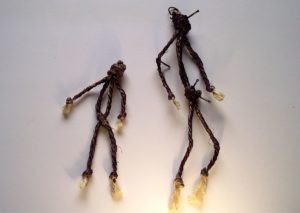
 them life. And this is where Óðinn steps up and breathes önd into them.
them life. And this is where Óðinn steps up and breathes önd into them. with magic and necromancy. And we can infer that Skaldic craft was itself considered magical. We can also look at the story of Egill Skallagrimson covering his head with his cloak in order to compose poetry in Egill’s saga, and possibly infer certain practices related to the getting of inspiration (as Jón Hnefill Aðalsteinsson theorizes in <em> Going Under the Cloak</em>).
with magic and necromancy. And we can infer that Skaldic craft was itself considered magical. We can also look at the story of Egill Skallagrimson covering his head with his cloak in order to compose poetry in Egill’s saga, and possibly infer certain practices related to the getting of inspiration (as Jón Hnefill Aðalsteinsson theorizes in <em> Going Under the Cloak</em>). ‘divine breath’ to fill the poet, bringing vision and other spiritual gifts.
‘divine breath’ to fill the poet, bringing vision and other spiritual gifts. in Northern Iceland. I’d just been under the cloak and was thinking about the stories surrounding the falls when I found myself wondering about Óðinn in Iceland. Suddenly, my attention was drawn to the sound of heavy wing beats that somehow sounded louder than the roar of the waterfall. Two ravens were flying across the width of the falls and their wings were all I could hear. Time became weighty and the world more ‘real’. I became intensely aware of my breath, and suddenly I was not just myself anymore but engaging in a communion of sorts with the winds, the world around, and a certain one-eyed god. I was a part of the whole rather than a singular being. The ravens turned and flew towards me until they drew level and veered away, taking the moment with them.
in Northern Iceland. I’d just been under the cloak and was thinking about the stories surrounding the falls when I found myself wondering about Óðinn in Iceland. Suddenly, my attention was drawn to the sound of heavy wing beats that somehow sounded louder than the roar of the waterfall. Two ravens were flying across the width of the falls and their wings were all I could hear. Time became weighty and the world more ‘real’. I became intensely aware of my breath, and suddenly I was not just myself anymore but engaging in a communion of sorts with the winds, the world around, and a certain one-eyed god. I was a part of the whole rather than a singular being. The ravens turned and flew towards me until they drew level and veered away, taking the moment with them. I walk. I hear the rush of the water and feel the wind beating against my ears.
I walk. I hear the rush of the water and feel the wind beating against my ears. Christian alike.
Christian alike. practices like that though, if I’m being honest.)
practices like that though, if I’m being honest.) in my heart even, and search them out with my eyes.
in my heart even, and search them out with my eyes. too.
too.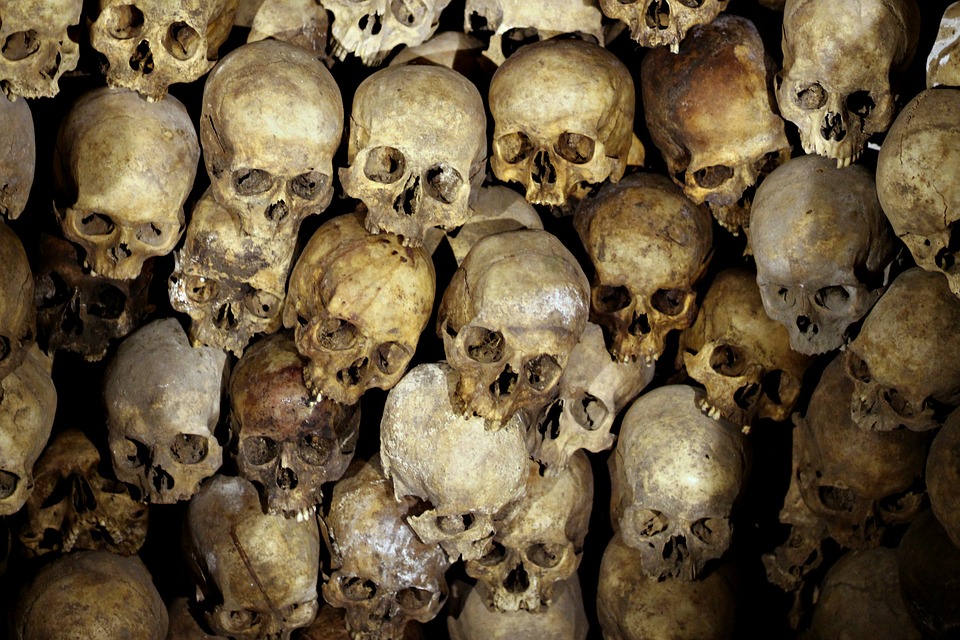
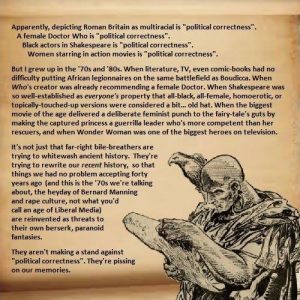 discerning the will of the gods (and perhaps receiving a heads up from them about the future), for finding that which was lost, and for discovering past and present events that were not yet known to the enquirer. To know what was past and what was yet unseen was to be able to have a greater chance of predicting the future.
discerning the will of the gods (and perhaps receiving a heads up from them about the future), for finding that which was lost, and for discovering past and present events that were not yet known to the enquirer. To know what was past and what was yet unseen was to be able to have a greater chance of predicting the future.